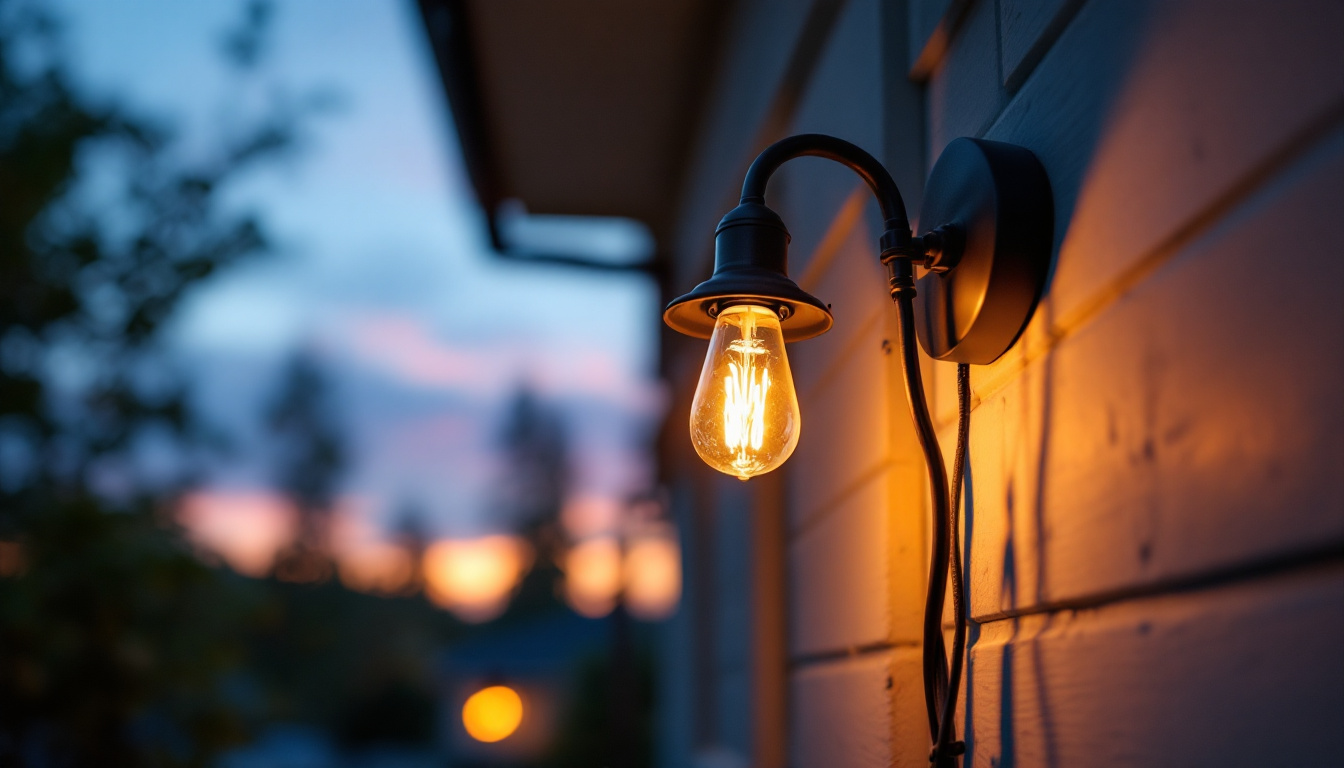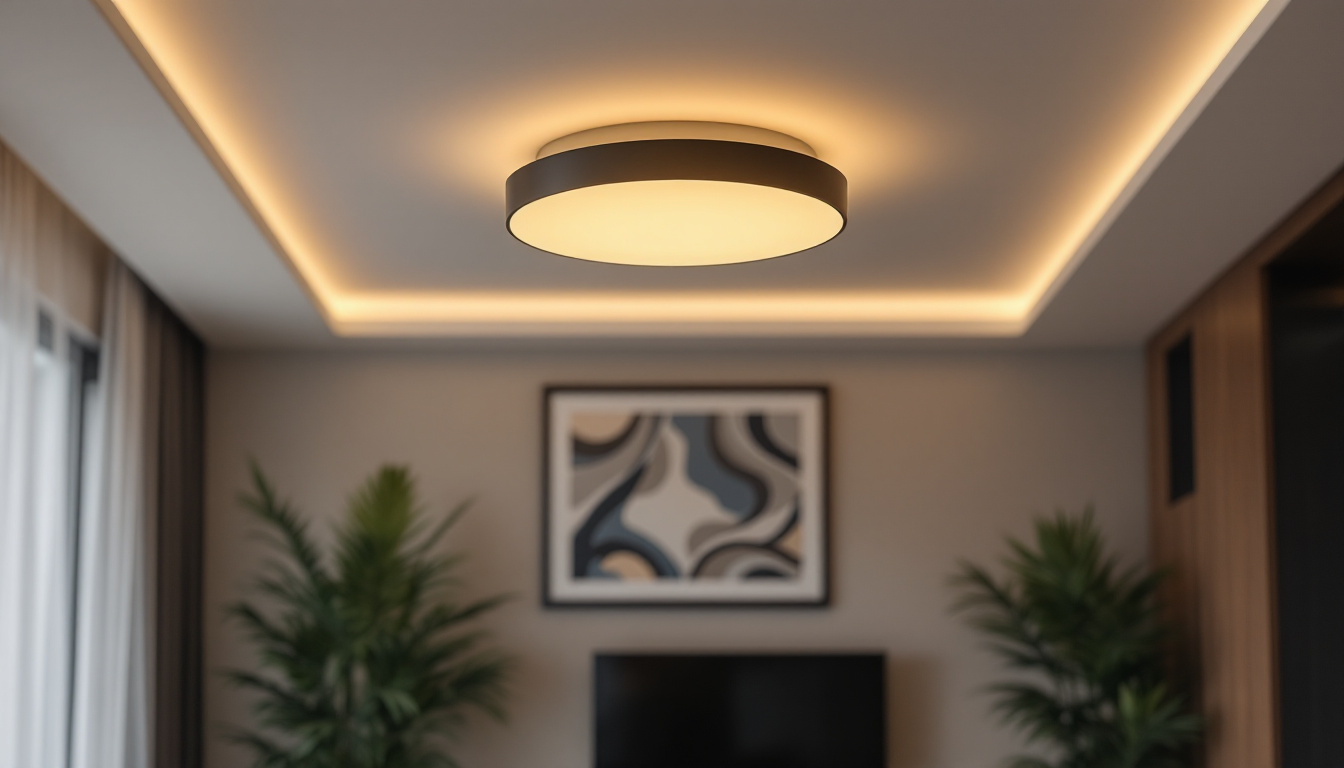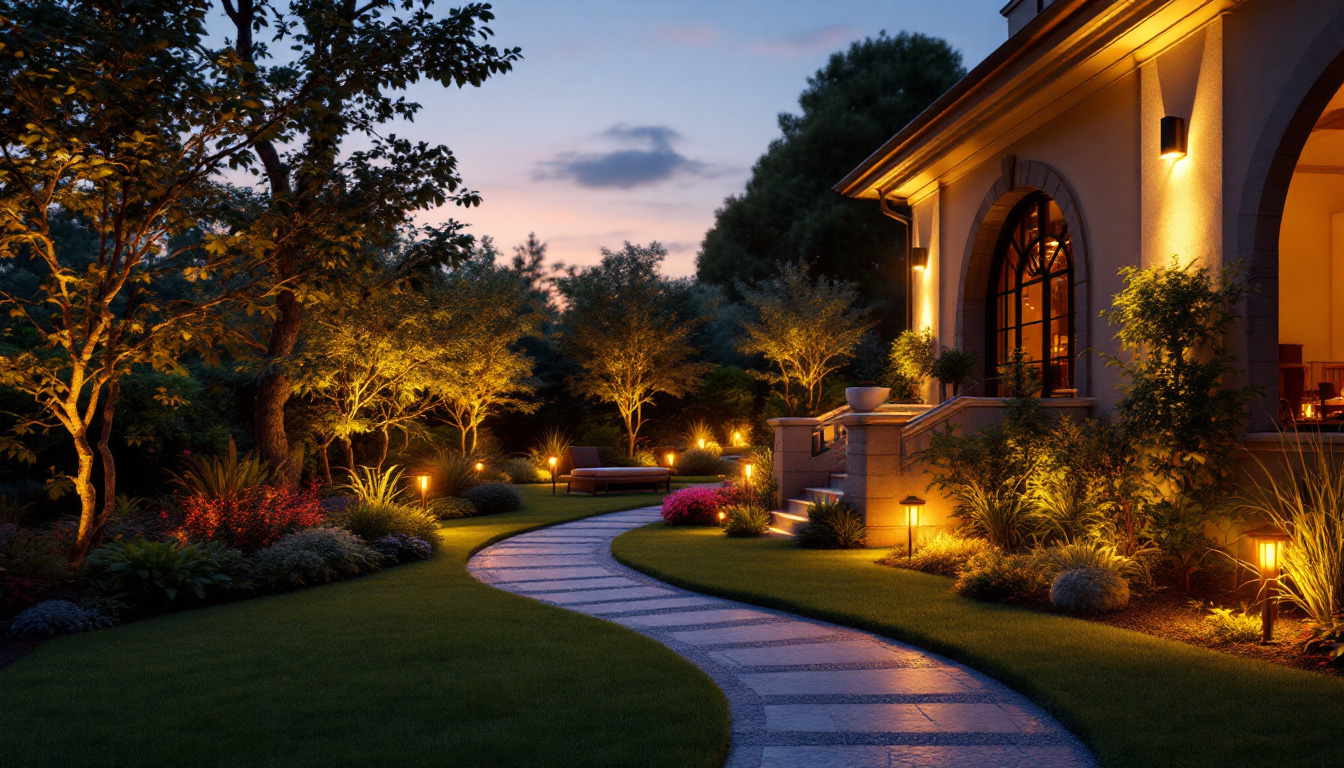
Lighting contractors play a crucial role in enhancing outdoor spaces through effective lighting solutions. However, the journey of illuminating these areas comes with its own set of challenges. From selecting the right fixtures to ensuring compliance with regulations, the complexities can be daunting. This article explores the top challenges faced by lighting contractors when dealing with outdoor lights equipped with bulbs.
outdoor lighting is not just about aesthetics; it serves various functional purposes, including safety, security, and usability. Contractors must have a firm grasp of these requirements to design effective lighting solutions. This involves understanding the specific needs of the space, whether it’s a residential garden, a commercial parking lot, or a public park.
One of the primary challenges is ensuring that outdoor lighting adequately addresses safety and security concerns. Poorly lit areas can lead to accidents and increased crime rates. Lighting contractors must assess the layout of the space and identify dark spots that may pose risks. This often requires a combination of ambient, task, and accent lighting to create a well-lit environment.
Moreover, contractors must consider the type of lighting used. For instance, LED lights are often preferred for their energy efficiency and longer lifespan, but they must be strategically placed to avoid creating harsh shadows or glare. Understanding the balance between light intensity and distribution is crucial in achieving optimal safety and security. The use of motion-sensor lights can also enhance security by illuminating areas only when movement is detected, thereby conserving energy while providing necessary visibility.
Another significant challenge is navigating the various regulations and codes that govern outdoor lighting. Local ordinances may dictate the type of fixtures that can be used, the brightness levels permitted, and even the hours during which lights can be operational. Lighting contractors must stay informed about these regulations to ensure compliance and avoid potential fines or project delays.
Additionally, contractors should be aware of environmental regulations, especially in areas with wildlife or natural habitats. Light pollution can disrupt local ecosystems, so it’s essential to use fixtures that minimize light spill and glare, thereby protecting the surrounding environment. The implementation of dark-sky compliant fixtures, which are designed to direct light downward and reduce skyglow, can be a beneficial approach. This not only helps in preserving the natural night sky but also enhances the visibility of stars, contributing to the overall ecological balance.
Furthermore, it is essential for contractors to engage with local communities when planning outdoor lighting projects. Community input can provide valuable insights into the specific lighting needs and preferences of residents, leading to more tailored and effective solutions. This collaborative approach can also foster a sense of ownership and responsibility among community members, encouraging them to take part in maintaining the lighting installations and ensuring they serve their intended purpose effectively.
The selection of fixtures is a critical aspect of outdoor lighting projects. With a plethora of options available, lighting contractors often face the challenge of choosing the right products that meet both functional and aesthetic needs.
Outdoor lighting fixtures must strike a balance between aesthetics and functionality. While it’s important for lights to enhance the visual appeal of a space, they must also serve their primary purpose effectively. Contractors need to consider the architectural style of the building and the landscape when selecting fixtures.
For instance, a modern home may benefit from sleek, minimalist fixtures, while a rustic property might require more traditional designs. This decision-making process can be complicated by the need to ensure that the chosen fixtures provide adequate illumination without overwhelming the space. Additionally, the color temperature of the lighting can greatly influence the ambiance; warm tones can create a cozy atmosphere, while cooler tones may be more suitable for contemporary settings. The strategic placement of lights can also enhance the overall design, drawing attention to key features like pathways, gardens, or architectural details.
Outdoor lighting fixtures are exposed to various weather conditions, which can significantly impact their performance and longevity. Contractors must select fixtures that are built to withstand elements such as rain, snow, and extreme temperatures. This often involves choosing materials that are corrosion-resistant and UV-stabilized.
Furthermore, the installation process must account for potential weather-related challenges. For example, contractors may need to take additional precautions when installing fixtures in areas prone to flooding or heavy winds. Ensuring that fixtures are securely mounted and protected from the elements is essential for long-term performance. In addition to weather resistance, energy efficiency is another crucial factor. Many contractors now opt for LED fixtures, which not only consume less power but also have a longer lifespan compared to traditional bulbs. This choice not only reduces maintenance costs but also aligns with sustainable practices, appealing to environmentally conscious clients who seek to minimize their carbon footprint. By considering these elements, contractors can provide solutions that are both practical and environmentally friendly, ensuring satisfaction for their clients and the surrounding community.
The installation of outdoor lighting can present several challenges that require careful planning and execution. From site preparation to wiring and fixture placement, each step must be meticulously managed to achieve the desired outcome.
One of the initial challenges is site preparation. Outdoor spaces can vary significantly in terms of terrain, vegetation, and existing structures. Contractors must assess the site to determine the best locations for fixtures and ensure that the installation process is feasible.
Accessibility can also be an issue, particularly in larger properties or those with challenging landscapes. Contractors may need to use specialized equipment to reach certain areas, which can add to the project’s complexity and cost. Planning for these challenges in advance can help streamline the installation process.
Electrical work is a critical component of outdoor lighting installation. Contractors must ensure that all wiring is properly installed and meets safety standards. This often involves digging trenches for underground wiring, which can be labor-intensive and time-consuming.
Additionally, contractors must consider the power source for the lighting system. In some cases, solar-powered fixtures may be a viable option, while in others, hardwired connections may be necessary. Understanding the pros and cons of each option is essential for making informed decisions that align with the project’s goals.
Once the outdoor lighting system is installed, maintenance becomes a key concern. Proper upkeep is essential to ensure that the lighting continues to function effectively and remains visually appealing over time.
Lighting contractors should advise clients on the importance of regular inspections and maintenance. This includes checking fixtures for damage, replacing burnt-out bulbs, and cleaning lenses to ensure optimal light output. Neglecting maintenance can lead to decreased performance and increased costs down the line.
Furthermore, contractors may offer maintenance services as part of their business model. Establishing ongoing relationships with clients can lead to repeat business and referrals, making it a valuable aspect of a contractor’s service offerings.
The rapid evolution of lighting technology presents both opportunities and challenges for contractors. As new products and systems emerge, staying current with the latest advancements is essential. This includes understanding the benefits of smart lighting systems, which allow for greater control and customization of outdoor lighting.
However, integrating new technology can also pose challenges, particularly for older systems. Contractors must be prepared to troubleshoot compatibility issues and educate clients on how to use new features effectively. This ongoing learning process is vital for maintaining a competitive edge in the industry.
Effective communication with clients is paramount in the lighting contracting business. Setting clear expectations and understanding client needs can help mitigate misunderstandings and ensure project success.
Every client has a unique vision for their outdoor space, and it’s the contractor’s job to bring that vision to life. This requires active listening and asking the right questions to fully understand the client’s preferences and requirements.
Contractors should encourage clients to share their ideas, inspirations, and any specific features they want to highlight. By fostering open communication, contractors can tailor their designs to align with the client’s vision while also providing professional insights and recommendations.
Budget constraints are a common challenge in any contracting project. Lighting contractors must be transparent about costs and help clients understand the factors that influence pricing. This includes the quality of fixtures, installation complexity, and ongoing maintenance needs.
Managing expectations is crucial to avoid dissatisfaction at the project’s conclusion. Contractors should provide detailed estimates and timelines, ensuring that clients are aware of any potential changes that may arise during the project. This proactive approach can help build trust and foster long-term relationships.
Lighting contractors face a myriad of challenges when working with outdoor lights equipped with bulbs. From understanding the specific requirements of outdoor spaces to selecting the right fixtures and managing installations, each step requires careful consideration and expertise.
By addressing safety and compliance issues, selecting durable fixtures, and maintaining open communication with clients, contractors can navigate these challenges effectively. The ability to adapt to changing technologies and provide ongoing maintenance further enhances their service offerings, ensuring that outdoor lighting projects not only meet but exceed client expectations.
Ultimately, the success of outdoor lighting projects hinges on the contractor’s knowledge, skills, and commitment to delivering high-quality solutions. By embracing these challenges, lighting contractors can illuminate outdoor spaces while building a reputation for excellence in their field.
As a lighting contractor, you understand the importance of quality, durability, and cost-effectiveness. At LumenWholesale, we support your commitment to excellence by providing spec-grade lighting products that meet the highest industry standards. Say goodbye to inflated markups and hello to superior lighting solutions at unbeatable wholesale prices. With our hassle-free bulk buying and free shipping, you can tackle any outdoor lighting project with confidence. Elevate your lighting game and experience the best value in wholesale lighting today.

Discover essential insights and tips for lighting contractors in our comprehensive guide on Light Can.

Discover the essential role of mount ceiling lights in modern lighting installations.

Discover how lighting contractors can enhance their projects and boost client satisfaction with expertly installed exterior wall sconce lights.

Discover how outdoor landscape lights are transforming the success of lighting contractors by enhancing aesthetics, boosting energy efficiency, and increasing client satisfaction.